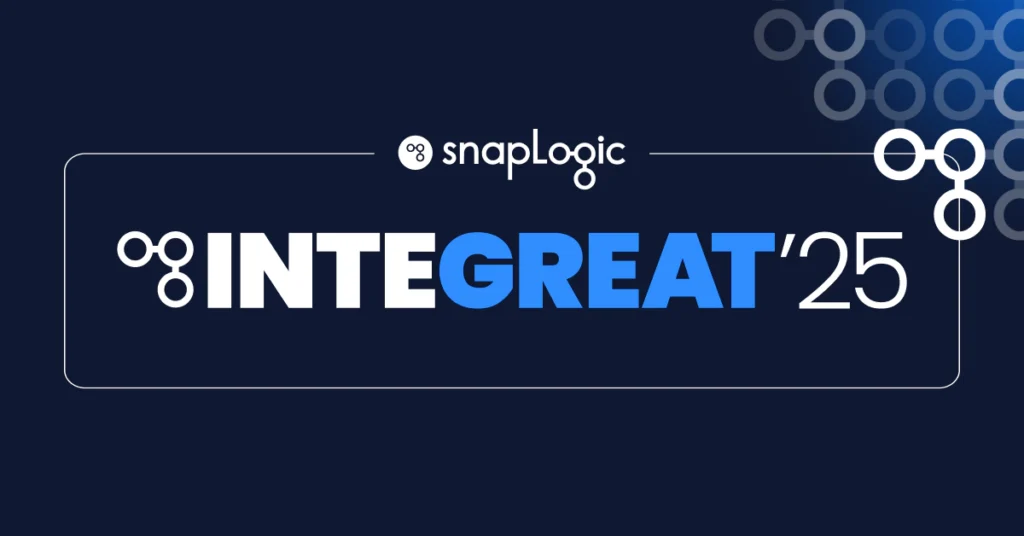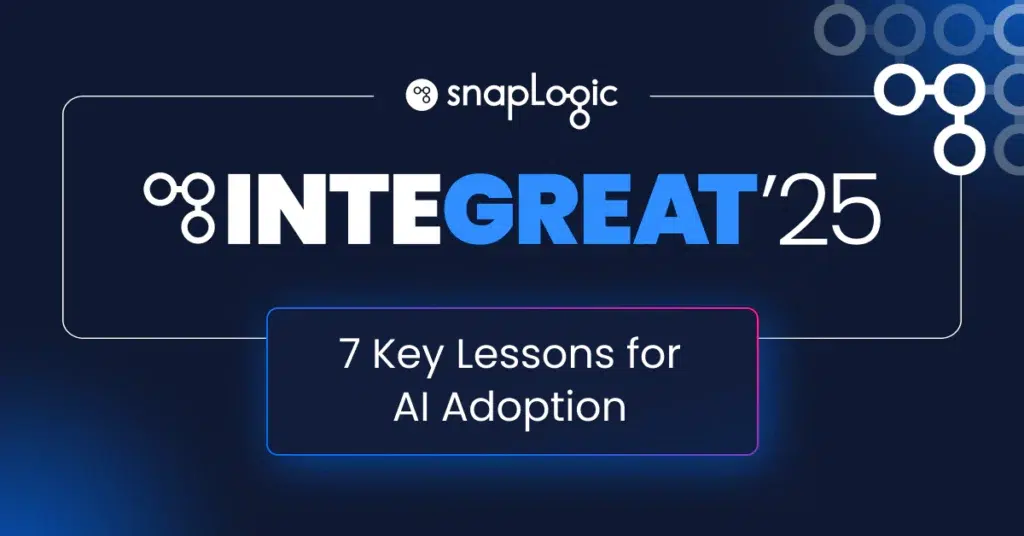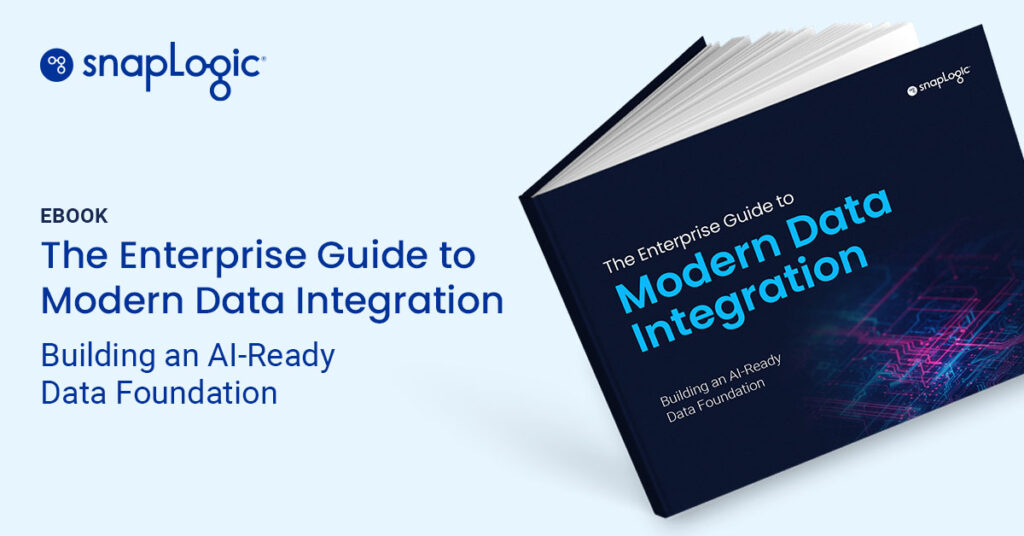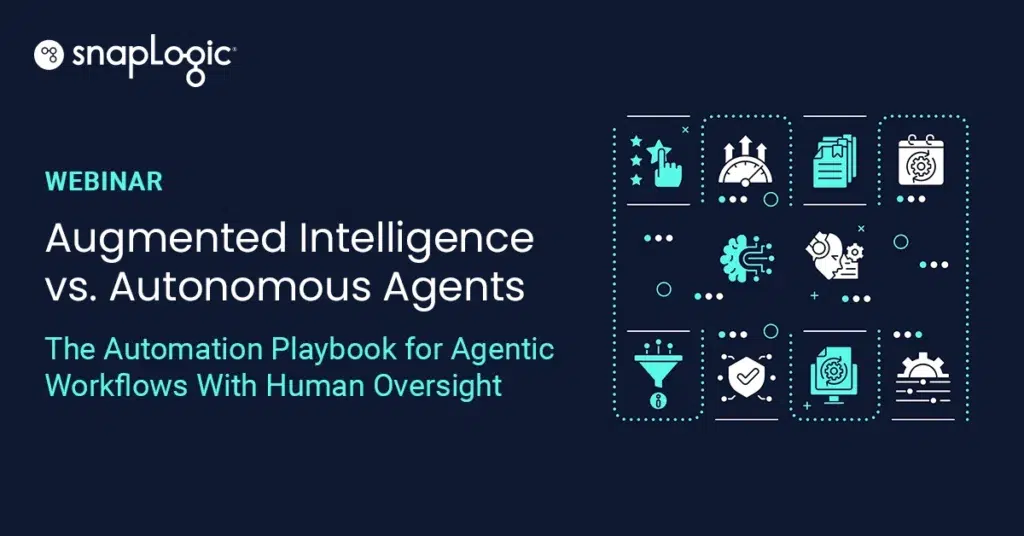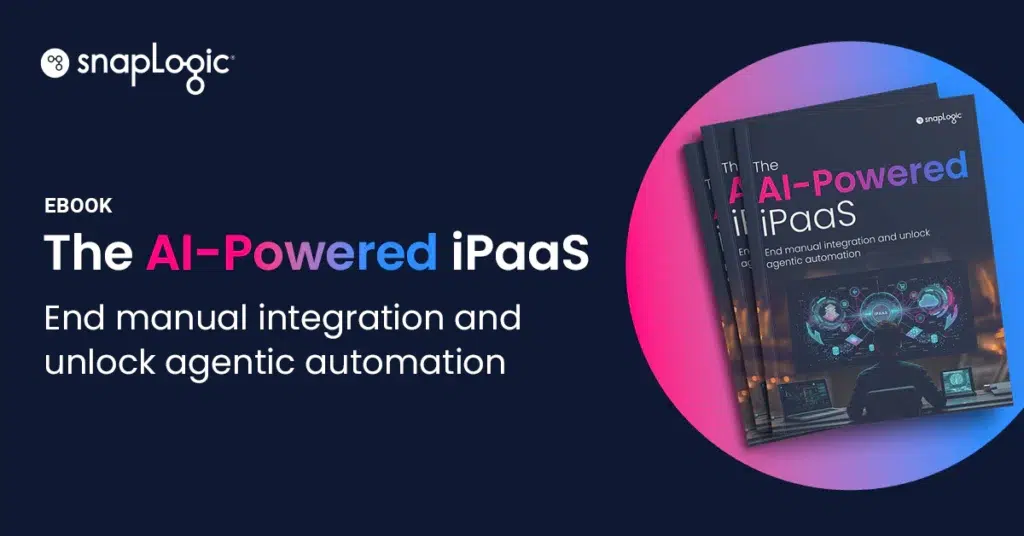Was ist eine zweistufige LLM-Struktur?
Eine zweistufige LLM-Struktur bezieht sich auf eine fortschrittliche Architektur der künstlichen Intelligenz (KI), die zwei verschiedene Schichten von großen Sprachmodellen (LLMs) umfasst, die nacheinander oder gemeinsam arbeiten, um die Absicht des Benutzers zu interpretieren und die Antworten zu verfeinern. Dieser zweistufige Aufbau verbessert die Genauigkeit, die Kontextwahrnehmung und die Effizienz bei der Erzeugung von KI-gesteuerten Ergebnissen erheblich, insbesondere bei natürlichsprachlichen Abfragen, der Datenanalyse oder der Automatisierung komplexer Aufgaben.
Wie funktioniert eine zweistufige LLM-Struktur?
In diesem mehrschichtigen LLM-Aufbau interpretiert das erste Modell die Benutzereingaben, ermittelt die Absicht und erstellt vorläufige Abfragestrukturen oder potenzielle Ausgaben. Die zweite Ebene nimmt diese vorläufigen Ergebnisse auf und verfeinert oder iteriert sie, indem sie mehrere Varianten auswertet, um präzise und kontextgenaue Ergebnisse zu liefern. Durch diese iterative Methode werden manuelle Anpassungen und spezielles Fachwissen reduziert, wodurch Arbeitsabläufe gestrafft werden und KI einem breiteren Nutzerkreis zugänglich gemacht wird.
Vorteile einer zweistufigen LLM-Struktur
Unternehmen, die dieses gestapelte LLM-Framework einsetzen, profitieren von klaren Vorteilen in Bezug auf Genauigkeit, Kontextwissen und Benutzerfreundlichkeit und können so teamübergreifend intelligentere Entscheidungen treffen.
Vorteile einer zweistufigen LLM-Struktur:
- Erhöhte Genauigkeit: Der zweistufige Verfeinerungsprozess erzeugt präzisere, relevante Ergebnisse, indem er die ursprünglichen Interpretationen iterativ verbessert.
- Tieferes Verständnis des Kontextes: Die erste Ebene erfasst die allgemeine Absicht, während die zweite Ebene den Kontext schärft, um sicherzustellen, dass die Antworten mit den differenzierten Bedürfnissen der Benutzer übereinstimmen.
- Bessere Zugänglichkeit: Nicht-technische Benutzer können direkt mit KI-Systemen interagieren, ohne dass eine komplexe Abfragelogik oder domänenspezifisches Fachwissen erforderlich ist.
Lösung von Unternehmensherausforderungen mit mehrschichtigen Modellen
Unternehmen haben häufig mit komplexen Daten, isolierten Systemen und Benutzern mit unterschiedlichen technischen Kenntnissen zu tun. Ein mehrschichtiges LLM-Modell trägt zur Vereinheitlichung dieser Umgebungen bei, indem es intuitivere Interaktionen mit Daten und Prozessen ermöglicht. Die erste Ebene interpretiert Eingaben in natürlicher Sprache, während die zweite Ebene die Ergebnisse verfeinert und validiert - und damit Aufgaben automatisiert, die früher das Eingreifen von Experten erforderten.
Dieser architektonische Ansatz steigert die Effektivität der KI-gesteuerten Automatisierung, indem er eine genaue Absichtserkennung, eine konsistente Lösung von Anfragen und eine schnellere Bereitstellung von Erkenntnissen gewährleistet. Das Ergebnis ist, dass Unternehmen betriebliche Reibungsverluste reduzieren, die Entscheidungsfindung beschleunigen und die Produktivität in Abteilungen wie Finanzen, HR, IT und Kundensupport steigern.
Indem intelligente Agenten und Workflows iterativ denken, anstatt sich auf statische Regelsätze zu verlassen, können Unternehmen ihre Automatisierungsanstrengungen selbst in datenreichen oder Compliance-sensiblen Umgebungen sicher skalieren.
Welche Rolle spielen die KI-Agenten in zweistufigen LLM-Strukturen?
KI-Agenten, die auf einer zweistufigen LLM-Struktur aufbauen, sind in der Lage, hochwertige Aufgaben mit minimalem menschlichen Eingriff zu erledigen. Diese Agenten arbeiten autonom, interpretieren Benutzeraufforderungen, bestimmen den besten Ansatz und verfeinern iterativ die Antworten, um Ergebnisse zu erzielen. In SnapLogic werden diese Agenten mit dem AgentCreator erstellt, das es Entwicklern und Geschäftsanwendern gleichermaßen ermöglicht, schnell maßgeschneiderte KI-Lösungen für alles von Datenbankabfragen bis zu Kundeneinblicken zu erstellen. Das Ergebnis ist eine wachsende Bibliothek von anwendungsspezifischen SnapLogic KI-Agenten, die abteilungs- und anwendungsübergreifend eingesetzt werden können.
Wie nutzt SnapLogic eine mehrstufige LLM-Struktur?
Die Integrationsplattform von SnapLogic verwendet eine zweistufige LLM-Struktur, die in der AgentCreator umfassend genutzt wird. Dieser intelligente Aufbau vereinfacht die Datenintegration und die Anwendungsworkflows und ermöglicht intuitive Interaktionen und präzise Ergebnisse ohne tiefes technisches Know-how.


